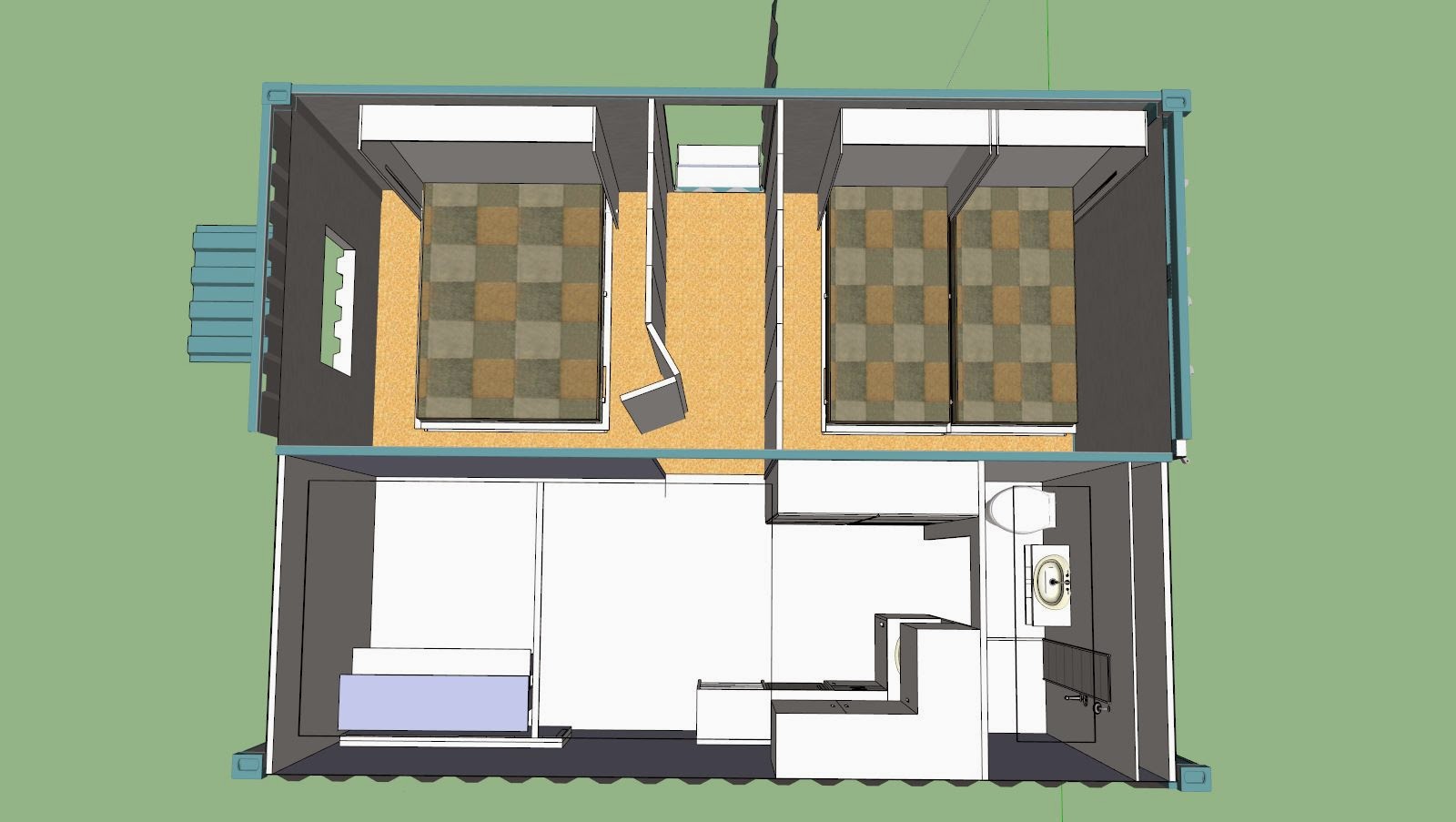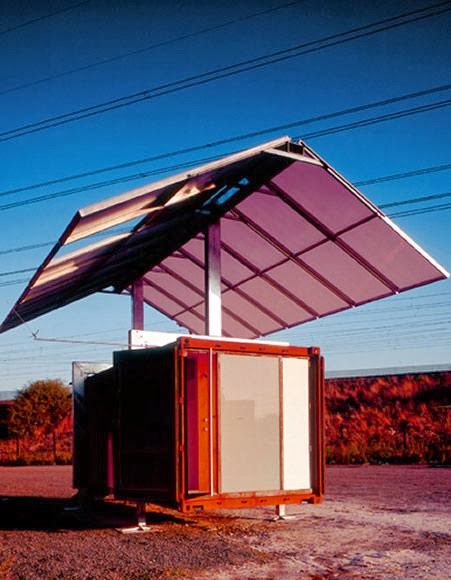In 1976, Porteous maintains that a home is a dwelling that has been nurtured and developed by its inhabitants to create a place where they feel secure, which is their own, and which stimulates them. Mallet’s 2004 publication is a reflection of this, in that he believes that a home can be, and is usually, outside the house, as well as encompassing it. Mallet still maintains that it is a secure place where an individual can retreat and relax, but it is more than a house. It can be a community, a city, or even a state of mind.
My Concept of Home, is a place where we could feel most comfortable, secure, are able to customise our surrounds. This is not limited to a dwelling or even a physical space; home can be a state of mind that you take with you. If one enjoys their job, and the enjoys the company of those they work with, they can feel at home, at work. It is secure, comfortable and customisable to an extent. Then that same person can go home and be by themselves for hours at a time and feel at home. A certain level of privacy is needed in a home, for them to go take a shower, change clothes, reproductional behaviour and even personal conversations.
Client Research
Of the 4.7 million population of Aceh, the Northern province of Sumatra (the hardest hit by the Tsunami) over 170,000 were killed and over 500,000 displaced. Besides the human effect, there was an immense impact on infrastructure in the area. Roads connecting to ports/airfields were washed away. Many coastal towns and villages completely disappeared. The local government was declared crippled, as most officials had died in the disaster. They need supplies, housing, a governing body and a police force (1400 local police disappeared).
Both
What housing existed before the disaster? How did it deal with the division of space, privacy, security, climate control?
The housing before the Tsunami was actually of a high standard. With most of the population centred in semi-rural areas, houses were of mid size, with lots of “yard” space. Most houses had been built by the owners, and so all had a slightly different/individual look about them.
Privacy was average, just using vegetation to create land borders. Security was of small priority, as it was a community area, and very Muslim (Sharia law). Space was a small issue, although as you would expect from an emerging third world country. The same can be said for climate control, not much of it, but becoming better, spreading from city centers.
Indonesia is in a tropical area, with high humidity, heat and rainfall.
Aceh is the only province in Indonesia that enforces Sharia law, including criminal law.


























